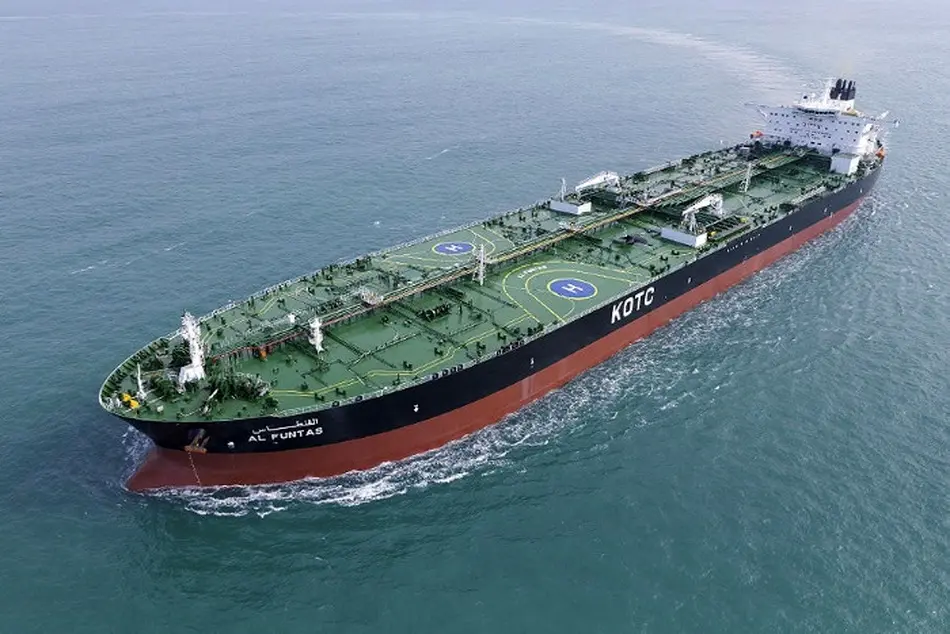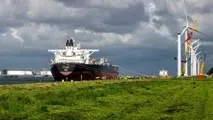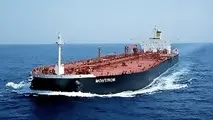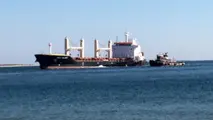VLCC Newbuilding Orders During 2017 Already Triple Those of the Whole of 2016

In what can only be seen as a worrying sign of things to come, shipbroker Gibson reports that VLCC orders this year have more than tripled, compared to those of the whole of 2016. The London-based shipbroker said in its latest weekly report that “back at the beginning of May, our weekly report focused on the accelerating pace of orders, in particular demand for VLCC tonnage. Two months later we are reporting 20 more fresh VLCC orders, in addition to those placed between January and April. The total count of VLCC orders placed in the first six months of this year reached 38 compared to just 13 in the whole of 2016. We are also aware of several owners circling around the issue, either to order speculative tonnage or direct replacements for their elder units which will certainly add to the recent melee. The pace of VLCC ordering prompted Bimco last week to warn of a potential “fundamental imbalance that would take years to overcome”. Furthermore, we have seen 16 Suezmaxes ordered this year compared to 18 in the whole of last year”.
According to Gibson, “orders for Aframaxes which are at 35 so far this year (6 in 2016) and LR2s at 12 (2 in 2016) indicate that ordering activity has heated up quickly. Similarly, orders for MRs have already overhauled last year’s total of 30. Almost half of all orders this year have been placed in June alone. Delivery dates for these orders indicate that only a few slots are available for late 2018 delivery, suggesting that shipbuilders are rapidly filling their forward orderbook. Price is still a driver, but the influx of new orders appears to have applied the brakes to the downward spiral of newbuild prices of recent times. Owners may also be betting on the potential recovery of the tanker market by placing orders for 2019/20 delivery in anticipation of a rising freight market. The latest deliberations at the IMO on ballast water is unlikely to have any real impact on newbuilding orders unless you require tonnage for US trade. With the US regulators operating a different regime outside of the IMO coupled with the Tier III requirements, some owners will be paying a higher newbuild price to comply. It appears that the US authorities are beginning to toughen up ballast water waivers since they started approving systems. The IMO has agreed to extend the deadline, this potentially could lead to slower pace of tanker scrapping in years ahead”.
Gibson added that “however, perhaps the most interesting development in June was the announcement by Trafigura to order up to 32 crude and product tankers, with a potential value in excess of $1.35 billion. Contracts were reported to have been placed by China’s Bank of Communications Financial Leasing against bareboat charters to Trafigura who are believed to have purchase options. Official confirmation of the initial 22 (Suezmaxes, Aframaxes & MRs) split between Hyundai and New Times remains sketchy and some of the finer details relating to this order remain unreported. Cido Shipping also seem to favour the products market, having recently announced changing an order for two car carriers in to MR tankers. The two vessels involved were originally ordered in September 2015 and as such are not recorded as fresh orders, adding to a swelling tanker orderbook”.
The shipbroker concluded that “most recent orders placed are for ‘blue chip companies’ who appear to have access to huge lines of credit or have been very creative with their funding. Lack of ‘easy money’ is something which has kept a lid on ordering in the recent past. Referring back to our May report “only those with strong financial muscle are likely to be in a position to capitalise”. There appear to be quite a few out there”.
Meanwhile, in the crude tanker market this week, Gibson said that there was “steady VLCC fixing through the week, but no pinch points in availability to allow Owners to lever the market higher than their previous low ws 50 East, mid ws 20’s West marks. The final phase of the July programme is now being played out and the end month does sometimes provide opportunity, but the odds of anything noticeable developing look poor as things currently stand. Suezmaxes moved through a reasonably active phase and premiums for Kharg loading did stretch to over 10 ws points, though the bulk of enquiry was quite easily satisfied by supply and rates bumped against at ceiling of ws 70 to the East and mid ws 20’s to the West. Aframaxes couldn’t find any relief from downward pressure, but did continue to make a stand at around 80,000mt by ws 90 to Singapore nonetheless. more resistance will be required next week too”, it concluded.



